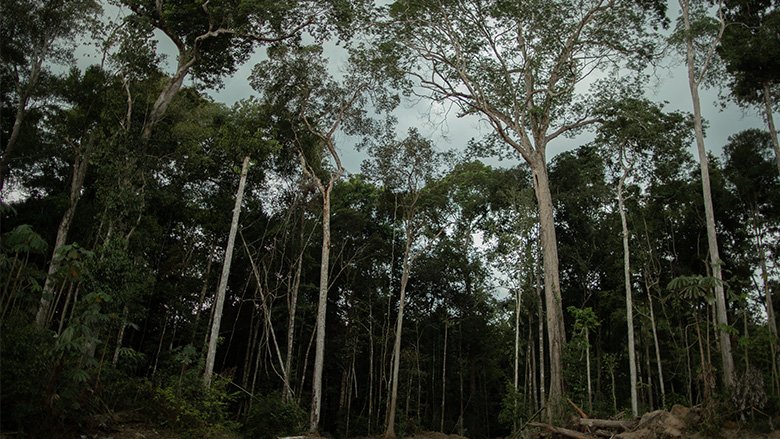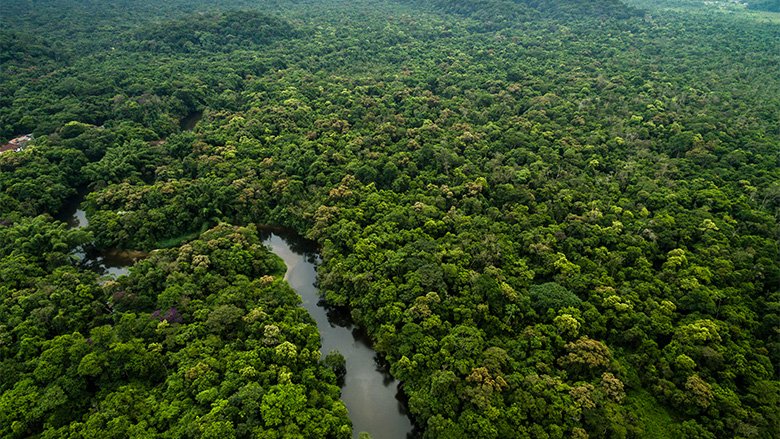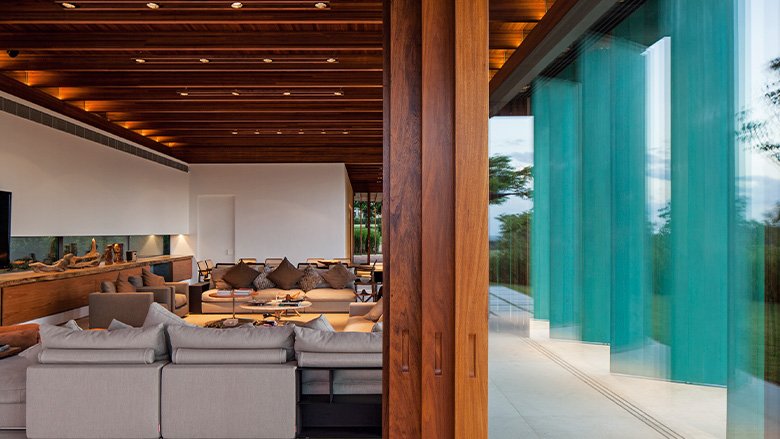Sustainable building, also known as green building, has been around for a long time, but it has greatly increased in popularity and importance over the past 50 years or so. Sustainable building is essentially defined as using resource-efficient materials throughout the entire building process to deconstruction.
For some time, the focus was on building stronger buildings using steel and concrete, but the carbon footprint of this method is astronomical. This has brought renewed support and use of the world’s most valuable resource in sustainable building: wood.

How Wood Has Been Outcast as a Large Scale Building Material
Of course, wood was never discontinued as a building material, especially in the residential construction industry, but its use was greatly reduced in favor of manmade materials. As more green builders enter the scene and more architects try to be conscious of their footprint, wood has become a favorable option. This is especially true when looking at carbon footprint levels, as wood leaves 75% less compared to steel or concrete.
At Black Label, we strongly stand for sustainable building materials and practices. We only harvest our multiple species from sustainably managed forests, which means that among many other regulations, we only harvest 4 to 6 aging trees in an area the size of a football field. This way, the forest has ample space and time to regenerate itself properly.
The Three R’s of Sustainable Building Materials
One of the best aspects of using hardwood is that it often works with the three R’s of recycling – reduce, reuse, and recycle. When materials are estimated appropriately and optimized, it can greatly cut down on the amount of waste produced per project. When there is excess material afterward, it can be taken to recycling centers, where other builders or homeowners can secure materials for their various projects.

Renewability is Key
The renewability of wood is what truly secures it as a top resource for sustainable building. Several other materials like steel require removing natural resources from the earth that do not easily replenish in a short amount of time. Trees on the other hand can be sustainably harvested in a way that helps the forest to thrive. As long as the world keeps depletion in check and replants trees, we will continue to have ample material for many decades. Our primary concern here at Black Label is that the forest has the ability to regenerate itself and thrive even after we harvest old trees from the area.
The Availability of Wood
There is a lot of discussion regarding deforestation and the loss of the world’s trees. While this will always be an important discussion and should be kept up to date, the reality is that sustainable harvesting can actually help the forest thrive. For about 80 years, the growth of forests has regularly outweighed how much is being harvested. In addition, there is a large percentage of forests under federal protection that cannot be harvested.
Proper harvesting is incredibly important to us here at Black Label. We harvest our trees from South America and we ensure that all of it is sourced from completely legal and sustainable forests. To make the process even smoother, we are double certified through wood certification companies like FSC® – Forest Stewardship Council and Unifloresta. We also keep track of all legal documentation through the entire process from the forest to underneath the customer’s feet.
While society should always make sure that forests are remaining stable, wood has been and is still a very available and renewable resource.

Fire Resistance and Safety
A very common argument against wood as a building material is its susceptibility to fire. While this is an understandable concern, modern-day building wood is not like any old wood lying around. In many cases, builders are using hardwoods like Ipe, Cumaru, Jatoba, and more. Hardwoods are much denser than normal wood, which allows them to have fire resistance ratings and resistance as high as that of concrete. Even better, hardwood does not have the sustainability issues that many other materials do.
When hardwood is exposed to flame, it does not go up in flame like any old wood might. Instead, it will often slow burn, which can give occupants more time to properly evacuate. Yes, wood buildings could be subject to fire, but perhaps only slightly more than that of other buildings when using modern materials. In addition, wood can also be treated with fire retardant to make this even less of a risk.

The Energy Efficiency of Wood Buildings
Wood can be incredibly energy efficient when used to construct buildings and insulated properly. Energy efficiency means that it can stay warm or cool efficiently without needing to spend excess energy to maintain it. It also has less thermal conductivity than concrete, plastic, or steel, which makes it better for insulating in general. This is why Black Label’s various options of natural wood siding can be great for insulating virtually any home.
Forest Certification Plays a Huge Role in Sustainability
When shopping for sustainable building materials, it is important to look for wood that is forest certified. Here at Black Label, we work closely with multiple trusted certification organizations, including FSC® – Forest Stewardship Council, Unifloresta and Timber Trust to ensure all of our wood is properly harvested.
The above certification displays that the wood comes from sustainable forests. What this means is that old trees are harvested from the forest, which opens space in the canopy and allows new life to grow in that area. This is critical to us here at Black Label and sustainable building in general, as it helps to keep retailers, consumers, and builders in check for their forestry practices. At the end of the day, the more awareness is raised about the demand for sustainability, the more others will begin to adopt these types of materials and ideals.
Searching for High-Quality Sustainable Lumber?
If you are an architect or designer looking for high-quality sustainable building materials, then look no further than Black Label lumber. We offer a wide array of Sustainable Building woods that are perfect for your next project.
As an industry leader, we can help bring your projects to life through quality sustainable building materials made to last. Browse the offerings on our website and if you have any questions about our products or would like to order, you can enter your email on our website or send us an email at info@blacklabelwood.com. We look forward to speaking to you and seeing how we can help bring your vision to reality using sustainable building materials.





